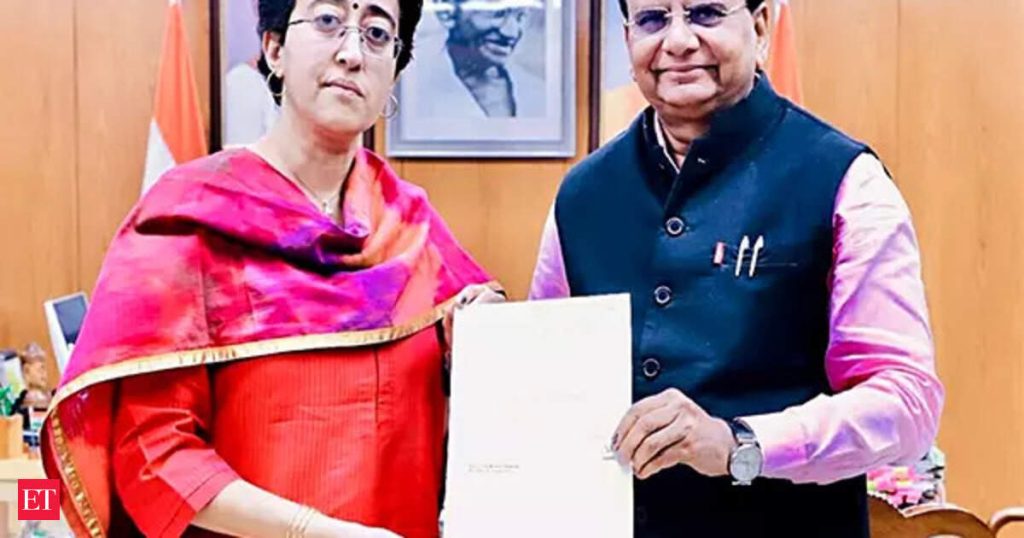The reference to the “curse” stems from a disagreement between Saxena and Kejriwal two years ago. In January 2023, the National Green Tribunal (NGT) formed a high-level committee under the LG to oversee the rejuvenation of the Yamuna due to rising pollution levels. Initially, Kejriwal supported the effort, but later, the Delhi government challenged the NGT’s order in the Supreme Court. The government argued that a domain expert should head the panel. The court stayed the NGT’s decision, and the stay has remained in place for over two years.AAP’s Stand on the Yamuna Issue
Sources indicate that Kejriwal opposed the panel over concerns that AAP would not receive credit for the project if it was executed under the LG’s leadership. In 2015, Kejriwal had pledged to clean the Yamuna within five years but failed to take substantial action. This unfulfilled promise became a major election issue, with BJP criticizing him over it. BJP leaders reminded voters that Kejriwal had once claimed the Yamuna would be so clean by 2025 that he would bathe in it.
Impact on Election and BJP’s Gains
The issue resonated particularly with migrants from Bihar, Jharkhand, and Uttar Pradesh, who observe Chhath Puja on the riverbanks. Post-election analysis suggests that large sections of Poorvanchali voters, who had supported AAP in previous elections, shifted to BJP. The worsening pollution crisis and AAP’s handling of the issue further impacted voter sentiment.
Blame on Haryana and PM Modi’s Response
As criticism mounted, Kejriwal blamed the Haryana government for polluting the Yamuna. This statement drew sharp responses from Haryana officials and BJP leaders. Following the election results, Prime Minister Narendra Modi criticized AAP for “disrespecting people’s beliefs,” seen as a reference to Chhath Puja. Modi also pledged to clean and beautify the river, concluding his speech by chanting, “Yamuna Maiya Ki Jai.”









